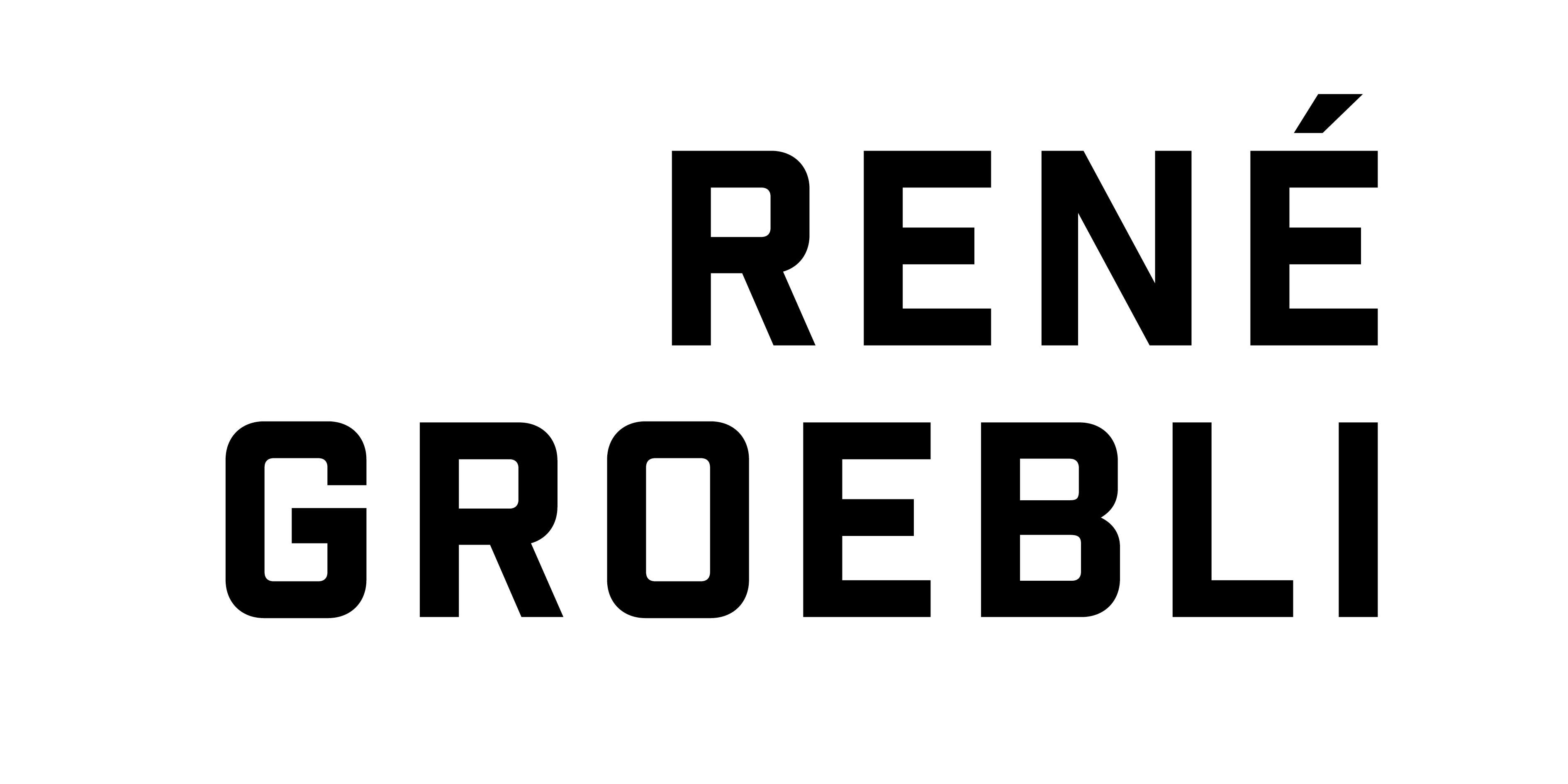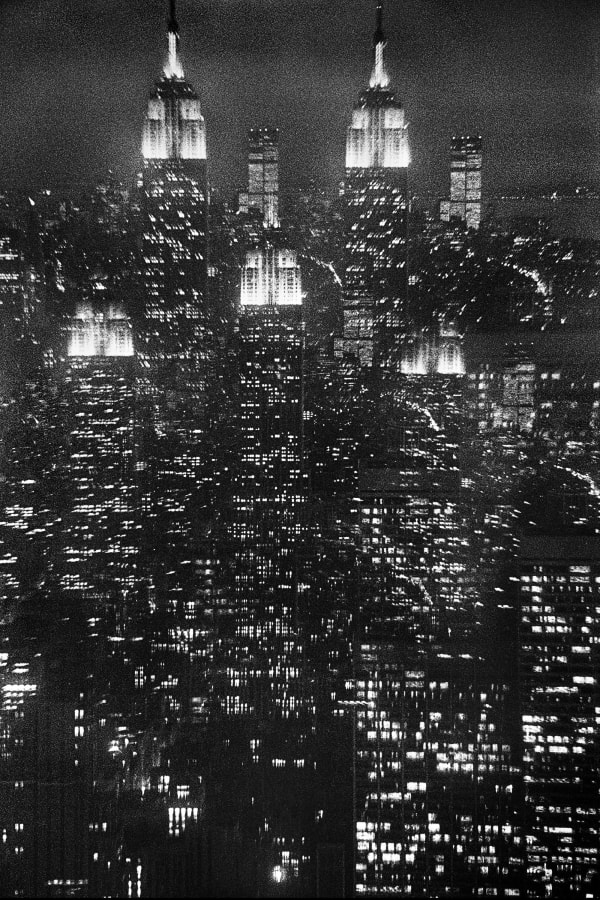-
-

THE EYE OF LOVE
Katrin Matschenz & Stefan ZweifelTaking a belated honeymoon in 1952, photographer René Groebli and his wife Rita spent two weeks in the Parisian district of Montparnasse. A year later, Groebli turned 25 selected photographs of the journey into a picture essay that has made photographic history.
-

An Artist in Motion
Daniele MuscionicoOne can take the easy way out and argue that Groebli’s oeuvre represents a reaction to the academic thoughts and deeds that dominate Swiss photography in the name of Neue Sachlichkeit (New Objectivity). But the essence of his work goes beyond resistance to the predominance of cool, objective realism. Groebli’s artistic interest testifies to a genuine, indefatigable drive. {...}
-

RAIL MAGIC
Guido MagnaguagnoApart from the trade magazine Camera and the themed issues of du, the photographic landscape in Switzerland was somewhat dreary around 1949. Committed reporters had long since flown the coop, with the ambitioned excellence of advertising and the drive of the 1930s having yielded to petty bourgeois taste.
22-year-old René Groebli was no exception. {...}
-

René Groebli: The Magic Eye
Daniel BlochwitzRené Groebli already scaled the Olympus of photographic history with his early work: Rail Magic (1949) and The Eye of Love (1952), and yet his lifework encompasses so very much more. He is an artist who never bowed to trends or the artistic zeitgeist; he has spent over six decades in single-minded, experimental pursuit of images that both jog visual assumptions and chart new territory – whether in the four walls of his studio, in his dark room or in his Alsatian country house, whether on the road in London or Paris, Ireland or Peru. {...}
-

Seismograph of an Era – René Groebli and Color
Hans-Michael Koetzle 2017René Groebli’s contribution to color photography, his exceptionally successful career in advertising and design and his experimental energy as an autonomous maker obviously did not take place in a vacuum. As much as he influenced photographic design in the 1960s and 70s, he, in turn, took inspiration from international developments in Op Art and Pop Art, Action Painting and Color Field Painting to rethink the role of color. {...}
-

THE MAGIC OF MELANCHOLY
Guido MagnaguagnoIs New York a city of melancholy, as are Lisbon and Prague, Havana or Rio de Janeiro? It is at any rate a city of many faces. Perhaps the city per se – Metropolis, Megalopolis, a Moloch. Often written about, often photographed. Different from all other cities, larger, higher, faster. Manhattan the myth, the legend. With a sworn insular population, for richer and for poorer joined in daily survival. Can cities be melancholic? Perhaps when their heydays are irrevocably over and history flakes out of their patina? Yet New York –does it grant the visitor time and space for this feling? The pulsating rhythm of life and the mental state circumscribed with this slow and heavy word "melancholy" seem to be irreconcilable opposites. A metropolis versus a sentiment – out of this tension René Groebli created his New York photographs. {...}
-

Landmarks
Daniele MuscionicoThose who have eyes to see will discover that the iconic achievements of artist René Groebli do not apply to Swiss photography alone. His oeuvre clearly transcends the borders of countries and just as clearly those of genre, period, fashion and fad. What other photographers of his time neatly organized and classified according to such categories as portrait, staged production, freelance work, commissions, photojournalism, essay, author photography and history of technique is distilled into a single, inseparable whole in the person of René Groebli. {...}
-







